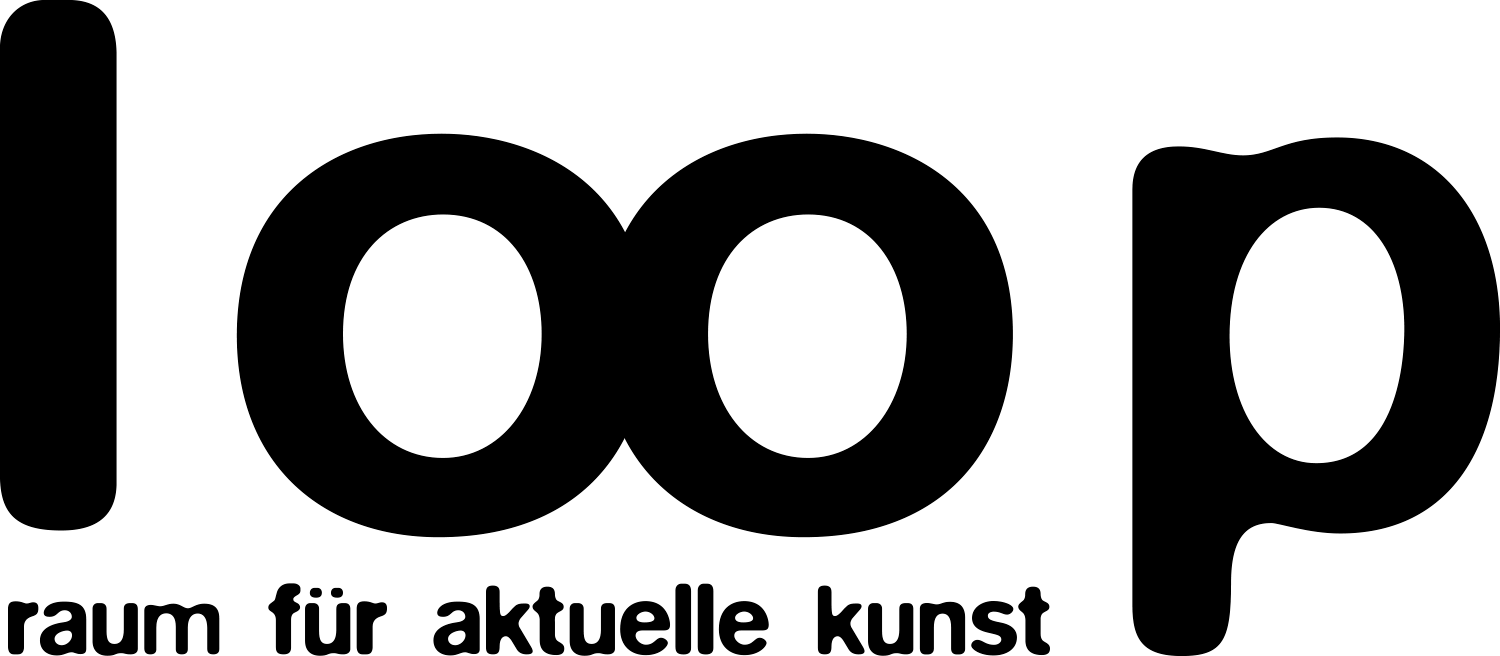B-Part Artist Studios #1
Boris Hegenbart
FLAECHENFINDER

The Berlin-born sound artist Boris Hegenbart (*1969) works with Flaechenfinder at the B-Part Artist Studios am Gleisdreieck on a site-specific work in three parts that reacts to the ambient sounds of the temporary (wooden) architecture of B-Part Am Gleisdreieck in Berlin. An insight into the studio work and the current interim status of the Intermedia Installation will be provided from 6 to 14 September 2019. The final installations will then be shown in summer 2020.
Boris Hegenbart is a freelance composer and musician for electro-acoustic music and sound art. He completed his studies at the Institute for Electroacoustic Music and Electronic Media in Vienna (ELAK) and deepened his focus on live electronics at the University of Music and Performing Arts Vienna. Hegenbart's work ranges from sound installations, electroacoustic concerts and performances to compositions for theatre, dance and experimental video art.
As part of the installation Flaechenfinder: schwarz, a square, deep black flat-panel loudspeaker will be attached to each of the four windows facing the park in one room of the building. At close range, the view outside is initially blocked by the loudspeakers. If you look at the windows and loudspeakers from a distance, you can see the situation outside through the still unobstructed pane area. Covered by the loudspeakers, there is one microphone per window on the outside. The sounds transmitted by the microphones are manipulated in real time by an algorithmic system and reflected back into the room via the loudspeakers. In this way, the outside becomes seemingly tangible for the recipient, even if auditory information and visual assumptions about what is happening are decoupled and no longer relate to each other.
For the installation Flaechenfinder: blau all windows will be darkened in a room of the B-Parts at the Gleisdreieck. In a window facing the surrounding wasteland and the elevated railway, there is a dark blue smart glass surface whose transparency can be regulated by means of electrical signals. In this way, the view of the outside can be made possible or blocked. In the room, an electro-acoustic composition can be heard from the window surface, which re-synthesises the soundscape of the outside space. Its course is oriented to the daily current timetable of the dominant elevated railway (underground lines U1 and U2), so that depending on the deviation of the railway from the published timetable, coincidences or shifts of sound and visually perceptible reality occur. The control of the transparency of the smart glass area also follows the published timetable. If the outside world is visible from inside, the electronic sounds are quiet or inaudible; if the view outside is darkened, the sounds become louder. Here, too, auditory information and visual assumptions about what is happening outside are decoupled and yet are linked to each other by the recipient.
On one day, the installation Flaechenfinder: blau is additionally played with a concert. Throughout the day, several performances, each lasting twenty minutes, take place in different formations. The audience spends time in the exhibition space and sees the musician(s) performing outdoors through the smart glass surface. The musicians react live to the surrounding sounds of the city through instrumental imitation or figurative improvisation. Their and the environmental sounds are processed live-electronically and sometimes transferred into the installation with a time delay. The composer performs these manipulations in the exhibition space and shares the audience's experience, while the outside musicians become part of the observed sound and urban landscape.
This work is the continuation of Boris Hegenbart's live project INSTRUMENTARIUM (Musikprotokoll im ORF - Graz, 2012; Transmediale - HKW Berlin, 2013).
︎
